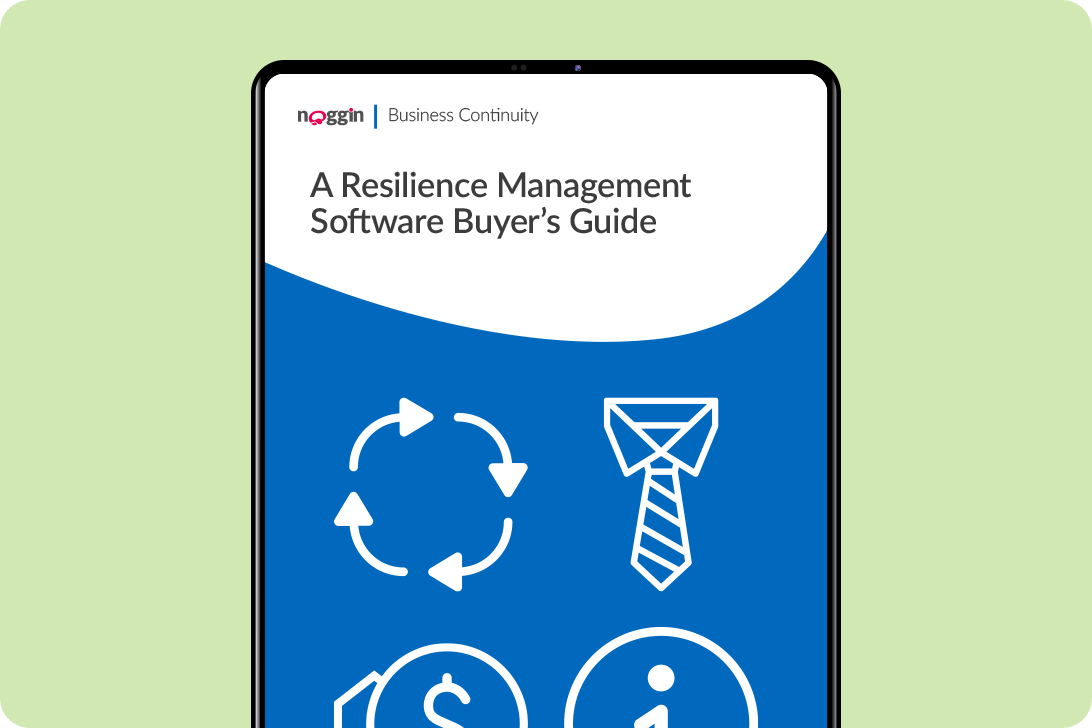Request a Demo
Fill in the form below and we will contact you shortly to organised your personalised demonstration of the Noggin platform.
Meet Noggin
An integrated resilience workspace that seamlessly integrates 10 core solutions into one, easy-to-use software platform.
The Noggin Platform
The world's leading integrated resilience workspace for risk and business continuity management, operational resilience, incident & crisis management, and security & safety operations.
Industries
Explore Noggin's integrated resilience software, purpose-built for any industry.
Understanding the Value of Crisis Management Planning
Best Practice Guide
Crises are growing in number and intensity
The incidence of crisis continues to grow. In 2017, the Institute for Crisis Management tracked over 800,000 crises, a net 25 percent increase over the year before. Of course, those figures might actually understate the number of active crises. Not all crises make it into the media: for every Hurricane Harvey or Cambridge Analytica scandal, countless other crises go unreported, especially those that hit startups or SMEs.
According to a recently released Deloitte study, “Stronger, fitter, better: Crisis management for the resilient enterprise”, 60 percent of over 500 senior crisis management, business continuity, and risk executives said that their firms face more crises (both in number and intensity) today than they did ten years ago. In addition, 80 percent of those respondents have had to mobilize their crisis management teams at least once in the past two years.
Senior executives appear to have gotten the message. Nearly 80 percent of business leaders polled in an ODM Group survey said they believed their companies were only a year away from a potential crisis. These results are all proof positive that we are living in unstable times, not just in politics, but also for markets and businesses selling their goods on those markets. Companies can no longer afford to wait for crisis to wash up on their doorstep. For one, the financial toll can be devastating. A cost of downtime survey indicated that a majority of businesses thought that a single hour of downtime could cost them anywhere from $51,000 to over $1,000,000. And the average time to restore availability of critical information systems: nine to twelve hours.
Download the full guide to continue reading >>



